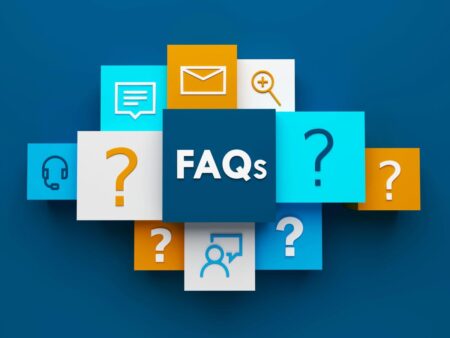Time is an increasingly precious commodity and financial advisors have to work even harder to connect with clients within the aptly named attention economy.
Not only are households inundated with emails, work, and family matters taking their time but even TikTok videos of kittens are vying for people’s eyeballs. It’s no wonder Americans are reading fewer books, according to recent numbers from a Pew Research Center survey, which showed that 23% of Americans have either not read an entire book or even part of one in a year. If reading for pleasure is becoming more difficult, imagine how difficult it is to coax clients to put their eyes on a white paper or other investor communication.
But none of this should be taken as a foregone conclusion that people aren’t willing to read. People may not be cracking open books, but they’re still buying them in large quantities, with Publishers Weekly data showing a 9% increase in book sales in 2021 compared to the prior year. Not to mention, Facebook-parent Meta just rolled out Threads, a text-based social media app, which has quickly gained over 100 million users. This proves that people love to read — just maybe not in the form Johannes Gutenberg had originally intended.
So what is a financial advisor to do in these circumstances? How do you reach busy clients and inform and engage them? White papers or similarly-dense pieces of text are likely to sit unread in email boxes. Instead, turn to the marketing magic that has worked for brand names as well as news outlets like Axios. Here are three ways to capture your clients’ attention and keep them engaged.
1. Know What Your Clients Are Reading
Sending a piece of client communication without knowing if it has been read — or even opened — is a wasted opportunity. Luckily, tools like Google Analytics, Mailchimp, and Hubspot make it easy to track and understand how engaged your clients are with your email communications and website. Knowing things such as open rate, click-thru rates, and time on paged will tell you what types of content resonate most with your clients. It’s a tactic that many content-producing entities use — from media companies, marketing firms, to TikTok influencers.
For your website that means knowing what sections people gravitate towards. Is it articles on financial news, how-tos on analyzing the financial markets, or tax tips? What links are people clicking? How long are they spending on these pages?
For email newsletters, it’s best to have a mix of content formats such as interviews and short article snippets. After the newsletter has been sent to clients, dive into the nitty gritty of the analytics and see what links they are clicking.
2. Repackage Information to be More Readable
If information isn’t performing well with clients, it may be a question of packaging versus the information itself. Afterall, there may be financial information clients need to know but it’s useless to readers if it’s not made accessible.
For better articles, capture reader attention with an attention-grabbing headline. This needn’t be clickbait, it just needs something that hints that there is something important or exciting to learn within the article. News outlets have gotten better at structuring their headlines to do this. Study common headline formats to see what resonates with you as a reader and try those structures in your own marketing.
Once you get them clicking on the article, break down complex topics into short sentences or paragraphs that are easier on the reader’s eye.
Axios, the news media outlet, does an admirable job with this approach. Click on any of their articles, which are short and organized by bullet points with bold subheadings. A recent article on the corporate bond market follows this blueprint.
Another way to get people engaged with complex information is to scrap the article form all together and use colorful infographics or other forms of data visualization.
One example is Chase’s 2023 Business Leaders Outlook Survey, which takes dense data and repackages them into quick snippets of information that will take seconds to read along with colorful, easy-on-the-eyes visuals.
3. Continue to Offer Value
Once you have mastered the first two steps, the key is to keep perfecting what you’re doing. When you see what clients are reading, you’ll be able to tailor future content to continue to meet those needs.
One way to stay organized is to maintain an editorial calendar to make sure that your content is thoughtful and timely. Even evergreen topics like tax planning and rebalancing can use a refresh to answer both common questions and anticipate new questions that may come up in light of regulatory or lifestyle changes. Refreshing content can be a way to make sure it can serve as a resource for clients far beyond its initial publication. There’s no need to reinvent the wheel each time, just to tweak it occasionally.
In another example for boosting engagement, you can provide content that updates, reacts to, or analyzes timely news such as estate tax changes or interest rate fluctuations. Tell your clients why this news matters to them specifically versus just being a general news item. Use clear examples to underline your point — in that way they stick in the mind of clients.
Doing all these things will leave your readers engaged, satisfied, and impressed by your knowledge — hence further cementing trust between you and your client.
Read the full article here









